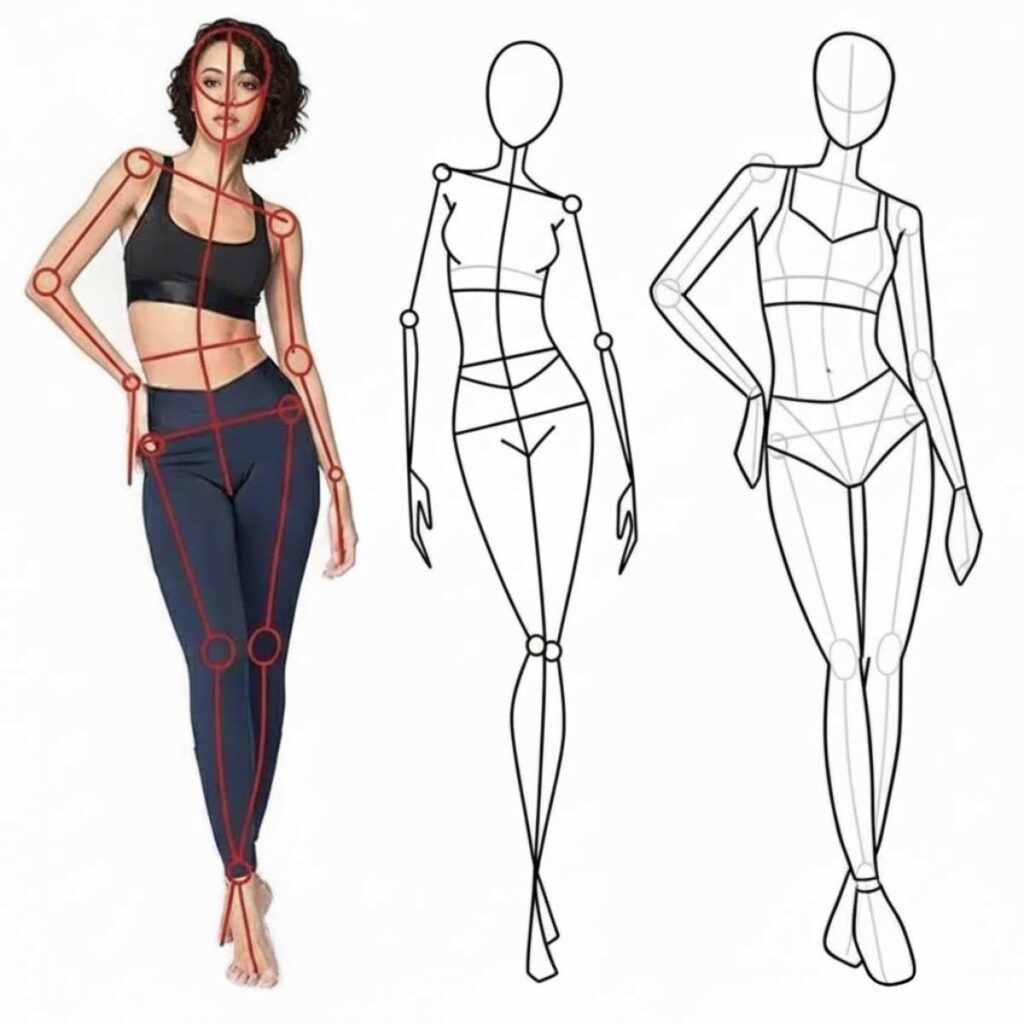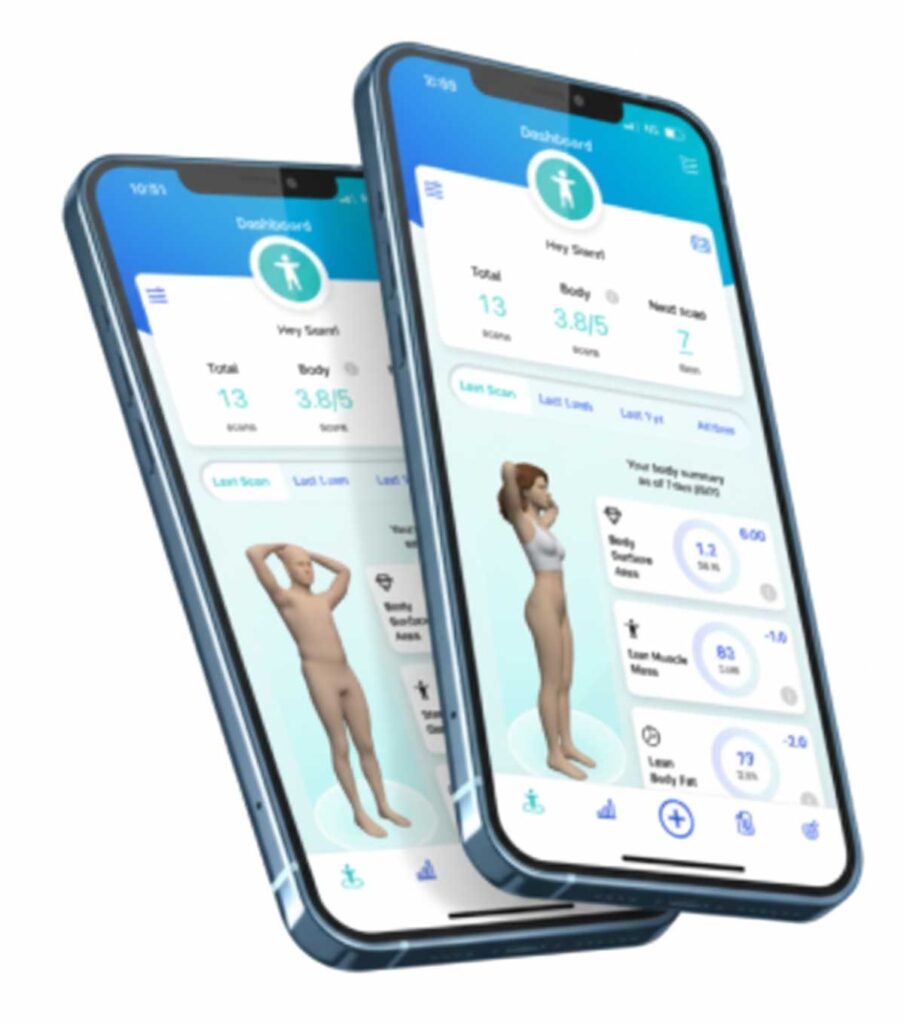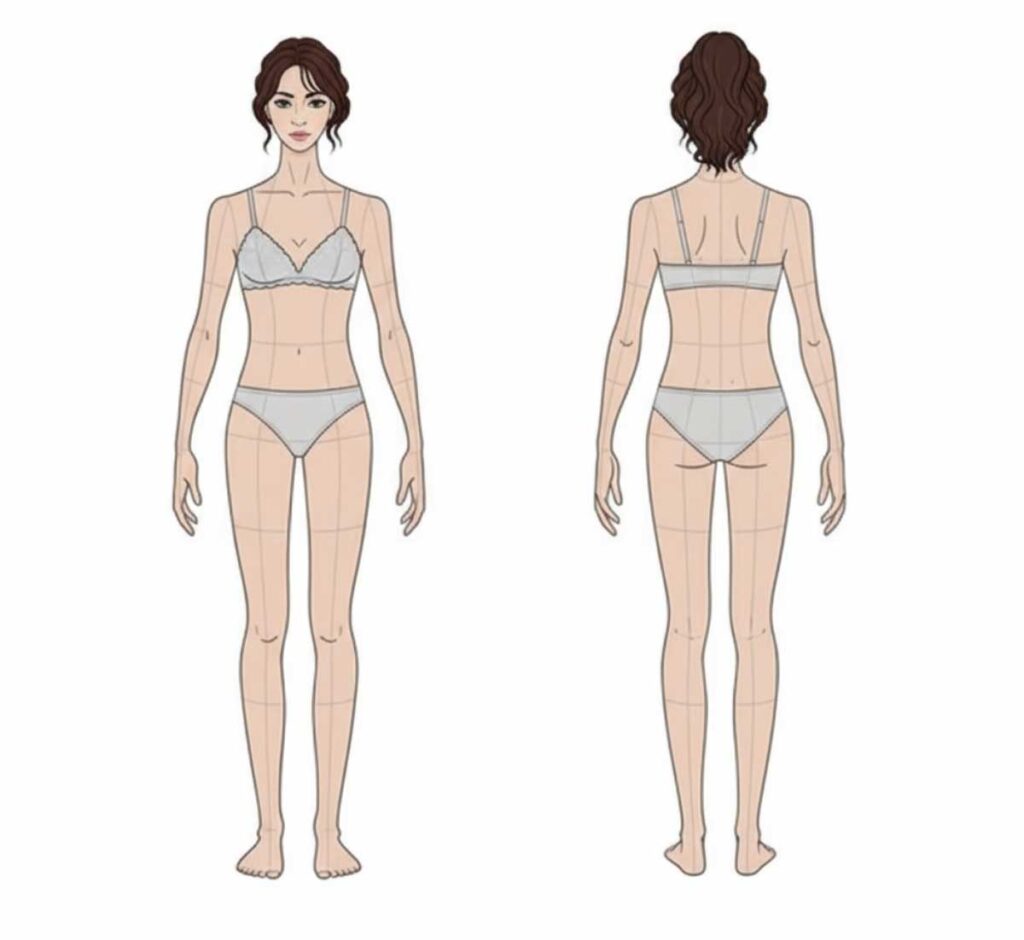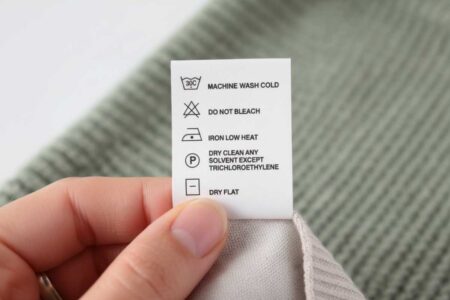Body Proportions Mapper & Type Calculator
Discover your body type and proportions with personalized styling recommendations. Get specific hem lengths, rise suggestions, and balance tips based on your unique measurements and proportions.
How to Take Accurate Body Measurements
- Height: Stand barefoot against a wall, measure from floor to top of head
- Bust/Chest: Measure around the fullest part, keep tape parallel to floor
- Waist: Measure at natural waist (where you bend sideways), not tightest point
- Hips: Measure around fullest part of hips, usually 8-9 inches below waist
- Shoulders: Measure across back from shoulder point to shoulder point
- Torso: From shoulder (where neck meets shoulder) to natural waist
- Inseam: Inside leg from crotch to ankle bone (wear fitted pants)
I built this Body Proportions Mapper and Body Type Calculator to turn a few measurements into moves you can actually use. You plug in height, shoulder width, bust, waist, high hip, hip, and your torso to leg split. The tool maps your proportions, names your body type, and hands you a simple plan, body balance notes, numeric hem targets, best rises for jeans and pants, plus color and silhouette tips.
Want a size cross check before you map proportions? Try the International Size Converter.
Why this helps in the real world
Proportion beats size. I have watched a two inch hem fix do more for an outfit than a tailor’s dart. This tool translates your numbers into clear steps you can try at home or in a fitting room. It is medium complexity, clean on mobile, and it matches the Blufashion Tools look, so it feels familiar.
What the tool needs from you

Required
- Height
- Shoulder width
- Bust or chest
- Waist
- High hip
- Full hip
- Torso to leg split, either waist to floor or inseam
Optional, for fine tuning
- Neck, wrist, ankle
Inclusive note: Chest, shoulders, waist, and hips apply to all bodies. Use the words that fit you. The styling logic stays the same.
How I measure, quick and calm
- Height, barefoot against a wall, book on head, mark and measure.
- Shoulder width, tip to tip across the back, tape level.
- Bust or chest, around the fullest part, tape level, natural breath.
- Waist, bend to the side, measure at the crease.
- High hip, about three inches below the waist.
- Full hip, around the fullest part of seat and hips.
- Torso to leg split, either waist to floor or inseam to ankle bone, the tool can convert.
Here is what I do every time, take a relaxed breath before each measurement. The tape should sit snug without squeezing.
Need a dress starting point while you measure? Try the Dress Size Calculator.
How the calculator decides, with simple thresholds

Ratios guide the results. Helpful, not rigid.
Shoulder to hip ratio
- Inverted triangle if shoulders or chest divided by hips is greater than 1.05
- Pear if shoulders or chest divided by hips is less than 0.95
- Balanced if you land between 0.95 and 1.05
Waist definition for hourglass
- Waist divided by bust is less than or equal to 0.75
- Waist divided by hips is less than or equal to 0.75
- Shoulders and hips usually sit within five percent of each other
Body type in one line
- Hourglass, balanced shoulders and hips with a defined waist
- Rectangle, softer waist and closer measures overall
- Apple, more fullness through the midsection with slimmer limbs or narrower hips
- Pear, fuller hips than shoulders
- Inverted triangle, broader shoulders than hips
If you are also fitting bras, open the Lingerie Fit Troubleshooter for strap, cup, and sister size fixes.
Leg share vs torso share
- Leg share equals inseam divided by height
- If you use waist to floor, torso share equals waist to floor divided by height, leg share is one minus torso share
Balance flags
- Long legs if leg share is over 52 percent
- Balanced if you sit between 48 and 52 percent
- Long torso if leg share is under 48 percent
These flags shape your rise and hem plan.
Rise finder that follows your ratios
Rise is the distance from crotch seam to the top of the waistband. Comfort matters, and so do proportions.
| Body balance flag | Leg share guide | Recommended rise | Typical inches |
|---|---|---|---|
| Long torso | under 48 percent | High mid to high rise | about 10.5 to 12.5 in |
| Balanced | 48 to 52 percent | Mid rise | about 9 to 10.5 in |
| Long legs | over 52 percent | Mid, even low mid | about 8.5 to 9.5 in |
Tummy comfort
- Want support, pick firm high mid to high rise with a soft facing.
- Want less pressure, pick mid rise with gentle stretch and a curved waistband.
Between two denim sizes Use the International Size Converter to compare US, UK, and EU labels.
Petite and tall
- Petite under 5 ft 4 in, mid rises at 9 to 10 in feel natural. Make sure high rises do not climb too high.
- Tall over 5 ft 8 in, high mid to high rises feel balanced. You can drop hems slightly without shortening the line.
Hem targets that work in stores and online
Use these as try on targets. Stand straight and note where fabric lands relative to bones and landmarks. If a midi keeps chopping you, raise it a finger width and try again.
Jeans and trousers
- Straight or slim, ankle bone to one inch below, inseam often 27 to 30 in depending on height.
- Bootcut, hover half an inch off the floor in shoes, inseam often 31 to 34 in.
- Wide leg, skim the top of the foot in flats, add half to one inch for heels.
- Cropped wide leg or culotte, bottom of calf to two inches above the ankle bone. Avoid the widest calf point.
If you build capsule outfits, the Capsule Wardrobe Cost Per Wear Calculator helps you pick which lengths are worth it.
Dresses and skirts
- Mini, mid thigh if you have a long torso, a touch longer if your legs are long.
- Knee, just above the kneecap for most, at the kneecap for tall, just below for extra polish.
- Midi, two to three inches above the ankle bone or eight to ten inches below the kneecap. Aim for the narrowest part of the calf.
- Maxi, top of the foot for flats, just kissing the instep for heels.
Shorts
- Three to four inch inseam, great for long legs or petites who like leg line.
- Five to seven inch inseam, easy everyday range.
- Eight to ten inch inseam, balances a long torso and adds coverage.
Balance tweaks
- Long torso, lift hems a touch to create leg length.
- Long legs, drop hems a touch or add visual weight near the ankle with a stacked boot.
Color and silhouette, small shifts that do a lot
- Create length with darker shades where you want less focus, lighter or brighter where you want attention.
- Keep the eye moving with verticals, front seams, long necklaces, open jackets.
- Balance shoulders and hips by adding structure on the smaller side, shoulder pads or epaulettes for narrower shoulders, A line or pleats for narrower hips.
- Define or soften the waist as needed. Belts, peplum, and wraps define. Straight columns and soft knits soften.
- Edit volume. Pair one voluminous piece with one sleek piece. Wide leg pants with a fitted tee. Full skirt with a neat knit.
Working on top proportions? If bras are part of this, run a quick check with the Lingerie Fit Troubleshooter.
What to wear for your shape, quick and kind

These are starting points. If something fights your comfort, skip it.
Pear
If your hips carry the story, we nudge eyes up and keep the line smooth. Try structured shoulders, a square or boat neck, and fit and flare or A line shapes that skim. Knee to midi lengths usually glide. Mid to high rises define your waist without squeezing.
For smooth lines under A line skirts, check your size with the Bra Size and Sister Size Finder.
Inverted triangle
Strong shoulders need softness and a bit of shape at the hip. Go for V necks, wrap fronts, pleats or A line skirts, wide legs, and pockets that add weight near the hips. Midi and maxi lengths work well. Pick mid rises for ease, high rises if your torso is long.
If hats help balance your frame, use the Hat and Beanie Size Calculator before you order.
Hourglass
Let the waist lead. Wraps, belts, fit and flare, straight or bootcut jeans all play nice. Knee and midi hems that trace the curve look polished. Mid to high rises meet your natural waist.
Belts define the waist fast. Use the Belt Size Calculator to get the right hole and tail length.
Rectangle
You can build curves or lean into a clean column. Belts, peplum, bias cut skirts, and small shoulder puff add shape. Or keep it sleek with column dresses and straight legs. Knee to lower calf works well. Mid rise most days, high when you want more waist.
Column looks love clean wrists and cuffs. If you wear watches, skim the Watch Case Size Guide for proportion.
Apple
Create a gentle waist and lengthen the line. Try V necks, open jackets, straight or bootcut pants, and soft waist shaping. Knee or midi hems that glide over tummy and hip feel friendly. High mid to high rises give support, avoid bands that dig.
Three fast wins for better balance
- Use the rule of thirds, aim for a one to two split. Cropped top with high rise bottom, or a longer top with slim pants.
- Pick one hero piece. One statement at a time keeps your lines clean.
- Mind the shoe line. A low vamp or pointed toe extends the leg. A chunky ankle strap shortens it.
What your results will look like
- Body type: Pear, hips are seven percent fuller than shoulders.
- Balance: Long torso, legs will look longer with mid to high rises and slightly higher hems.
- Best hems today: Midi at lower calf, straight jeans at the ankle bone, wide legs just touching the top of the foot.
- Best rises: Mid rise for daily comfort, high mid rise for sleek tucks.
- Silhouette plan: Shoulder detail knit, A line skirt, ankle length boot with a low vamp.
- Color map: Light or bold on top, darker on bottom, add a vertical line with an open jacket.
FAQ
Can I use centimeters?
Yes. The tool accepts inches or centimeters and converts in the background.
I sit between two body types, what then?
Start with the tips that solve your personal pain points, then try the neighbor type for extra ideas.
Do I need every measurement?
No. Start with height, shoulder width, bust, waist, high hip, hip, and torso to leg split. Add the optional points later for finer tweaks.
Will this change if my weight shifts?
Your base proportions often stay similar, but hem and rise comfort can shift. Recheck seasonally.





